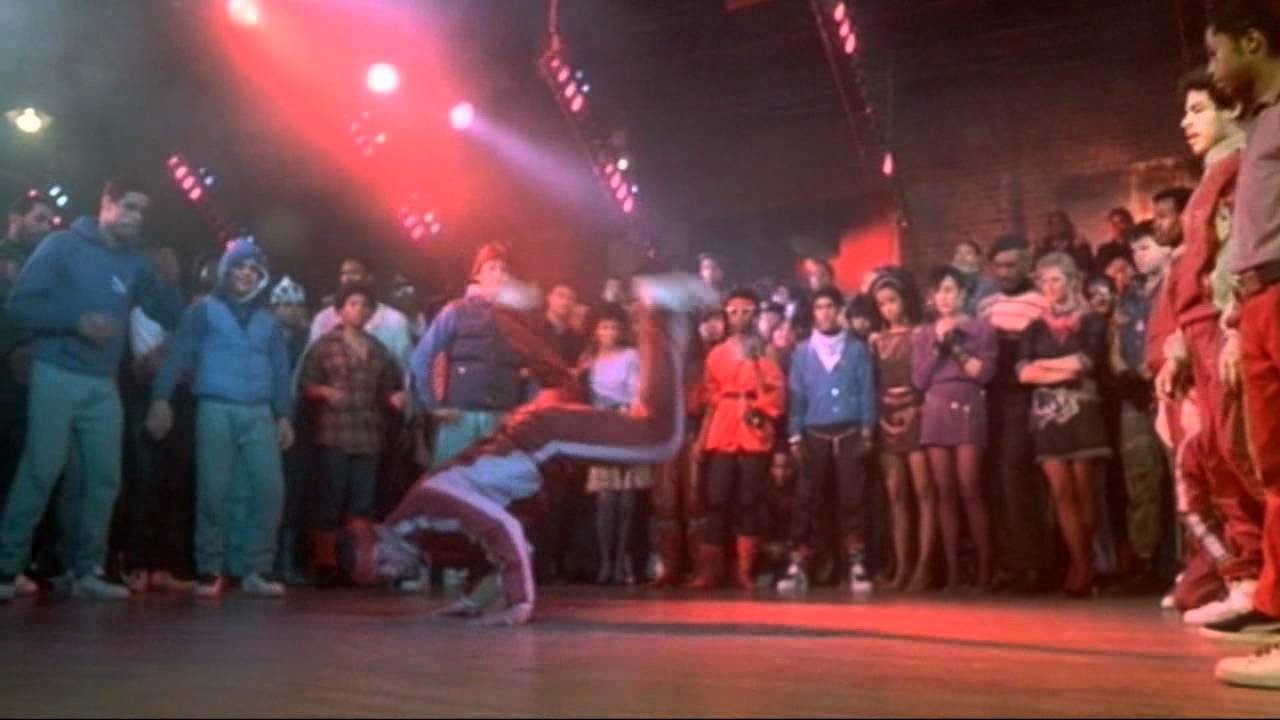In the mid-1980s, it was impossible to ignore the cultural phenomenon that was Beat Street 1984. The movie poster and soundtrack were ubiquitous, and the infectious energy of the music spilled into the mainstream. While memories might be hazy, often reduced to breakdancing sequences and catchy tunes, revisiting Beat Street reveals a film far more compelling and significant than simple nostalgia suggests.
What immediately strikes you about Beat Street is its raw, almost documentary-like aesthetic. The film’s on-location shooting in the Bronx lends an undeniable cinema verite quality, immersing the viewer in the authentic atmosphere of the era. While a somewhat conventional narrative is woven through the film, it feels secondary to the movie’s true purpose: to showcase the burgeoning hip-hop and breakdance movements that were taking the world by storm.
At the heart of Beat Street are its characters: Kenny (Guy Davis), the aspiring DJ; his younger brother Lee (Robert Taylor), a talented breakdancer; and their artist friend Ramon (Jon Chardiet). Adding a layer of romance is Kenny’s connection with Tracy (Rae Dawn Chong), a college student with her own musical ambitions. However, Beat Street diverges from typical urban dramas. Instead of focusing on gang violence, the film highlights dance battles as the primary form of conflict and expression. The characters navigate the daily struggles of life, but find an outlet, and perhaps even liberation, through music and movement.
 Beat Street 1984 movie poster showcasing breakdancing and hip-hop culture in the 80s Bronx.
Beat Street 1984 movie poster showcasing breakdancing and hip-hop culture in the 80s Bronx.
Beat Street is packed with memorable moments, culminating in a powerful climax. Yet, the narrative threads sometimes take a backseat to the sheer dynamism of the dance sequences and the pulsating 80s hip-hop soundtrack. The music is undeniably of its time, but the breakdancing is iconic and continues to inspire awe.
Although the acting may not always be polished, the film compensates with genuine passion and breathtaking dance performances. Beat Street also features electrifying musical performances that further solidify its place as a cultural touchstone of the 80s hip-hop scene.
Inevitably, Beat Street was compared to Breakin’, another breakdancing film released in the same year. While both films captured the zeitgeist, Beat Street stands out upon reflection. Despite time blurring the memory of Breakin’, Beat Street emerges as the more emotionally resonant and grounded film. Breakin’, in contrast, leans towards a more melodramatic and Hollywoodized portrayal.
Revisiting Beat Street is a surprisingly rewarding experience even decades later. Its rough edges contribute to its authenticity, serving the story’s themes effectively. It’s an underdog film that presents both the celebratory and harsh realities of life in the Bronx, where youth forged their identity and community through music and dance. Beat Street 1984 remains a vital and entertaining snapshot of a pivotal moment in cultural history.

